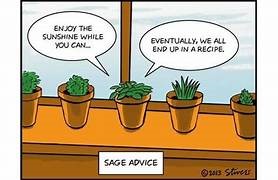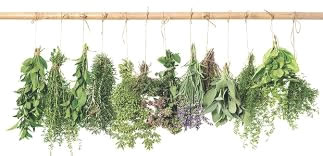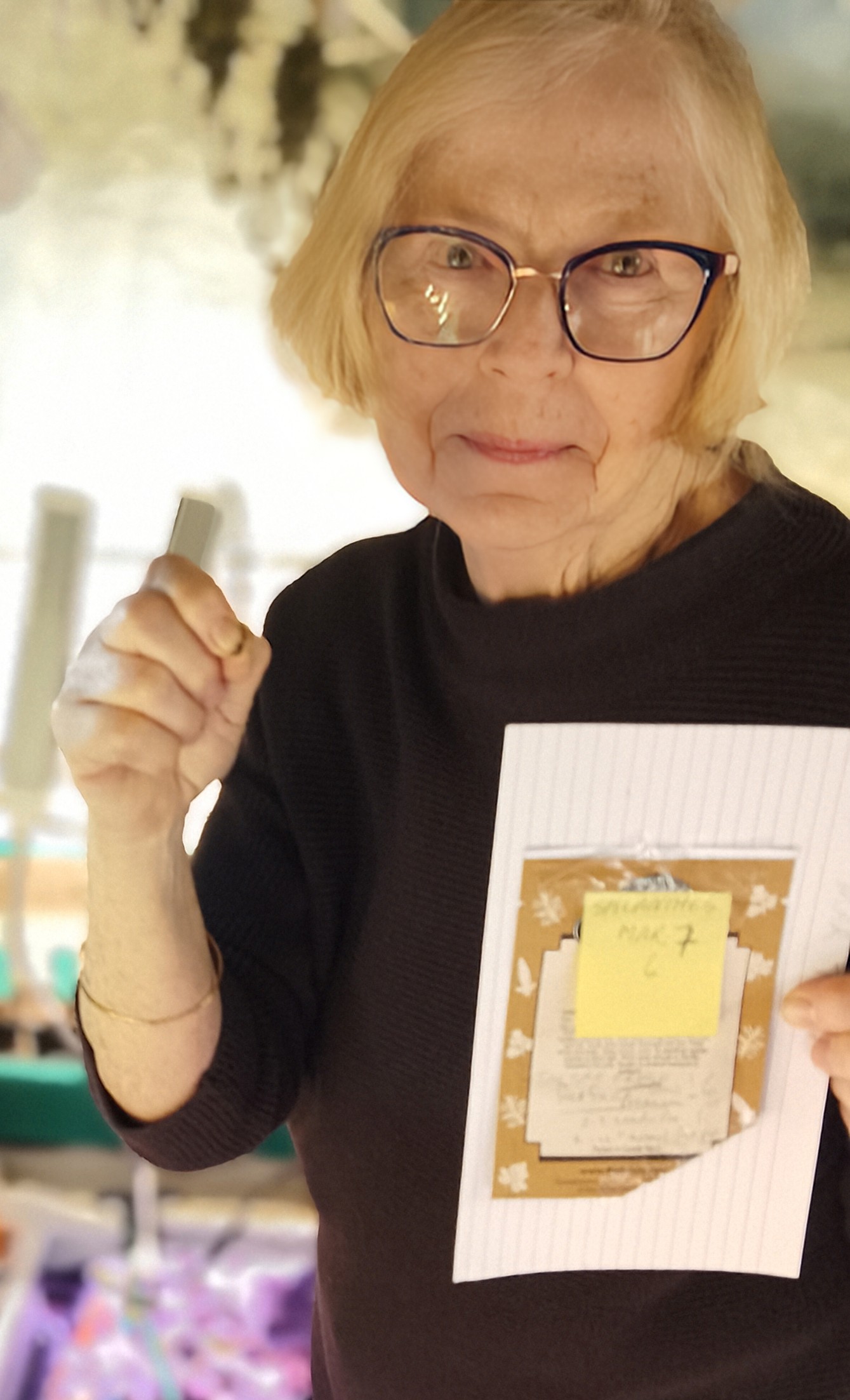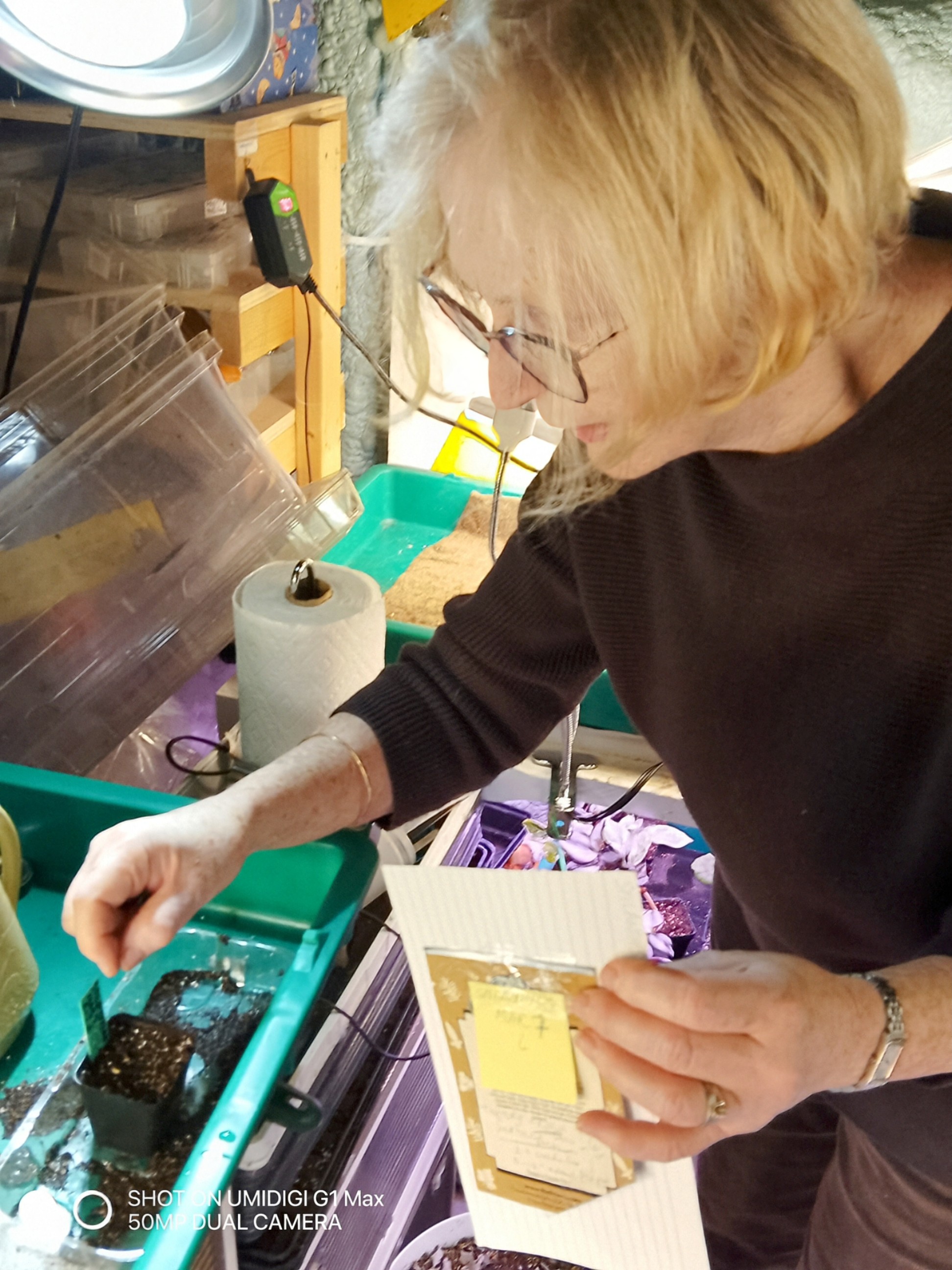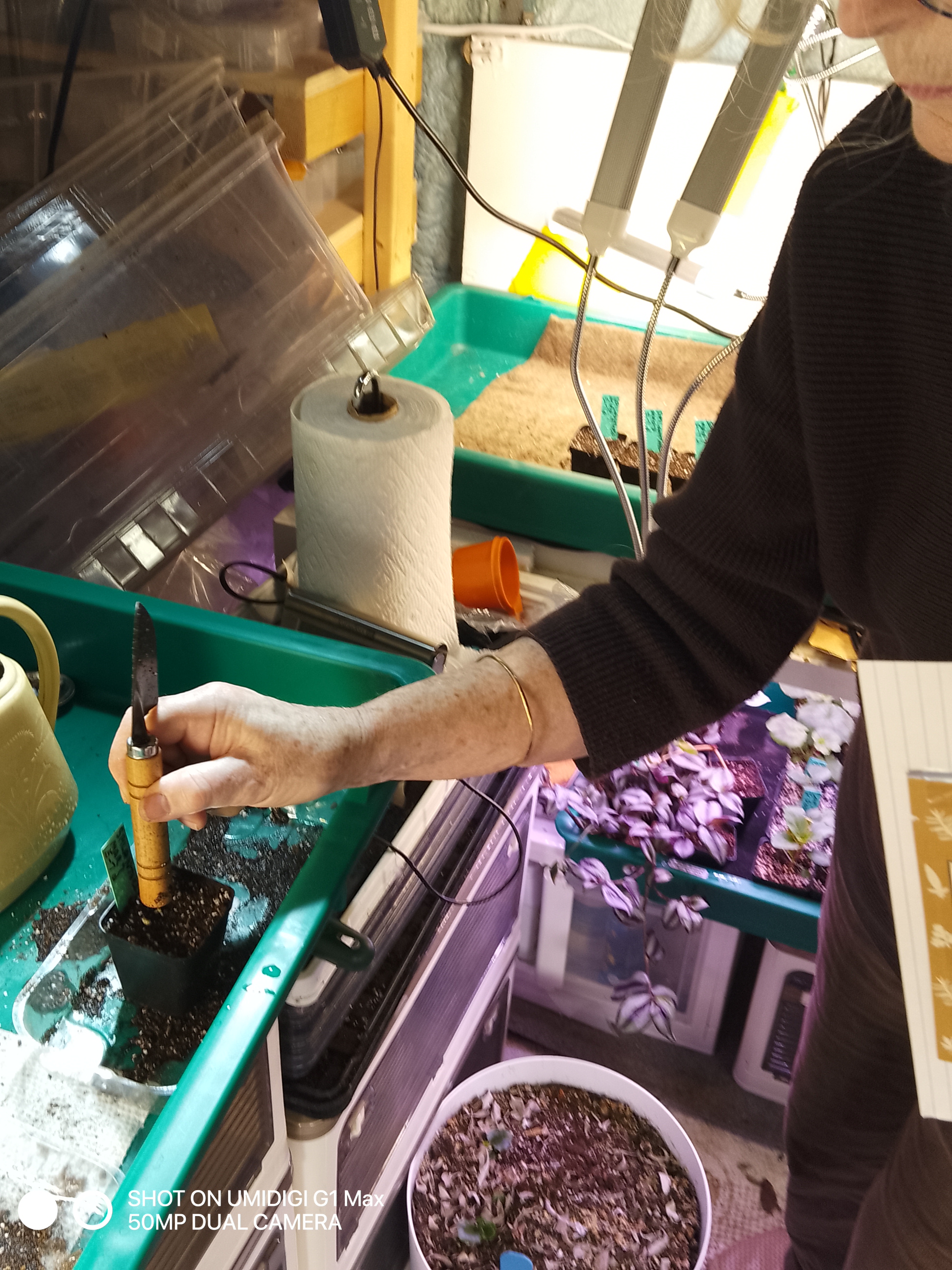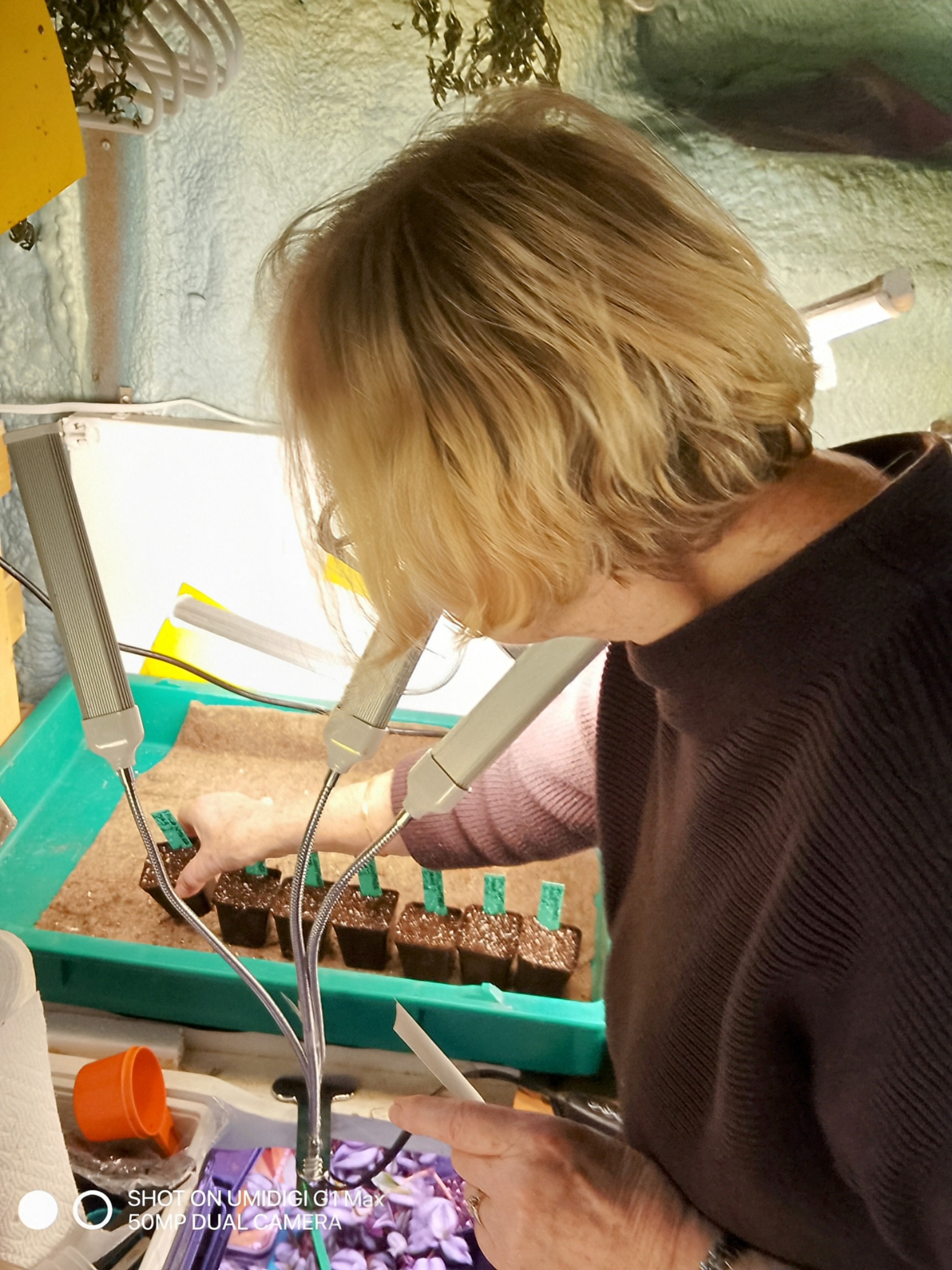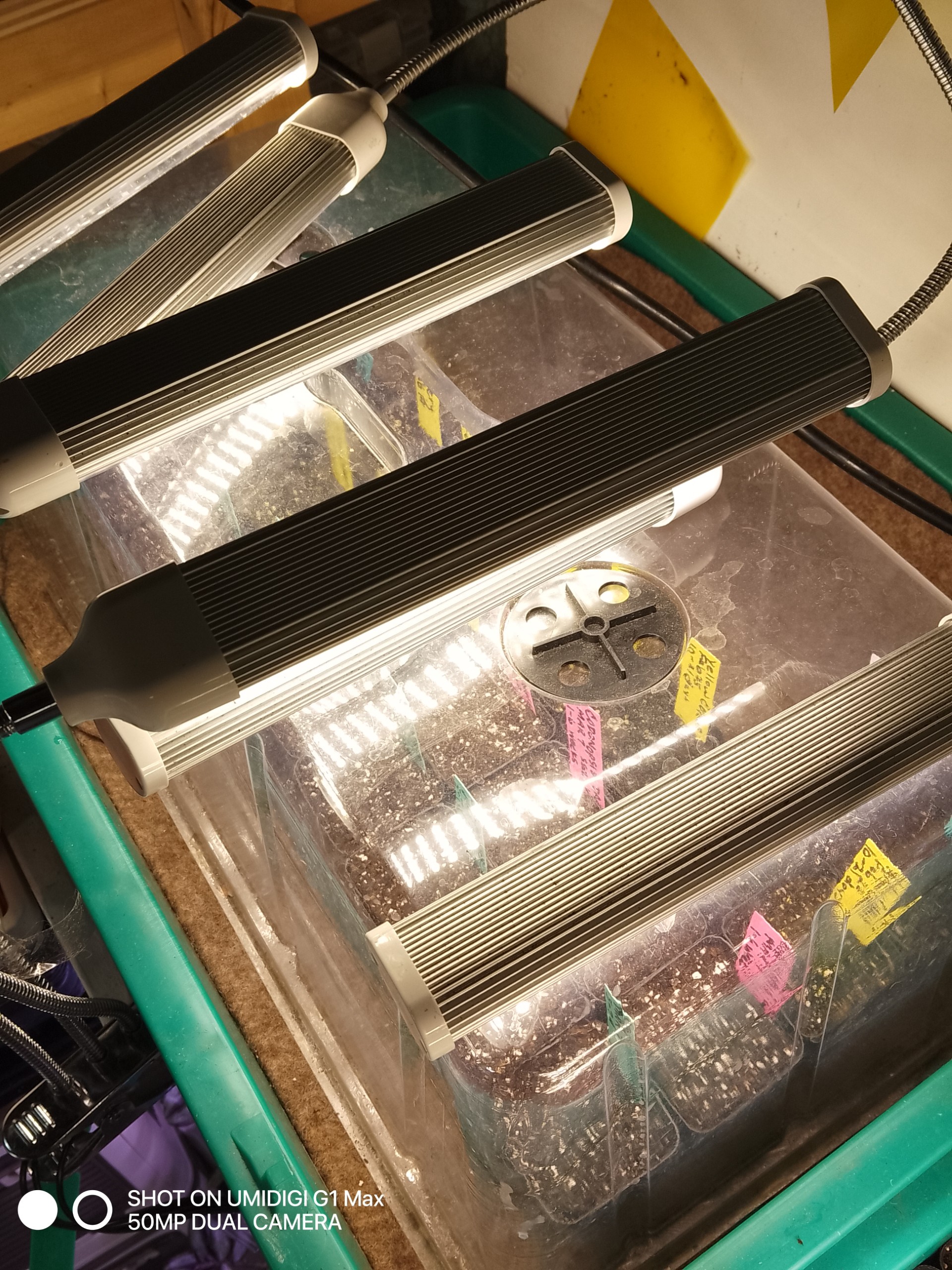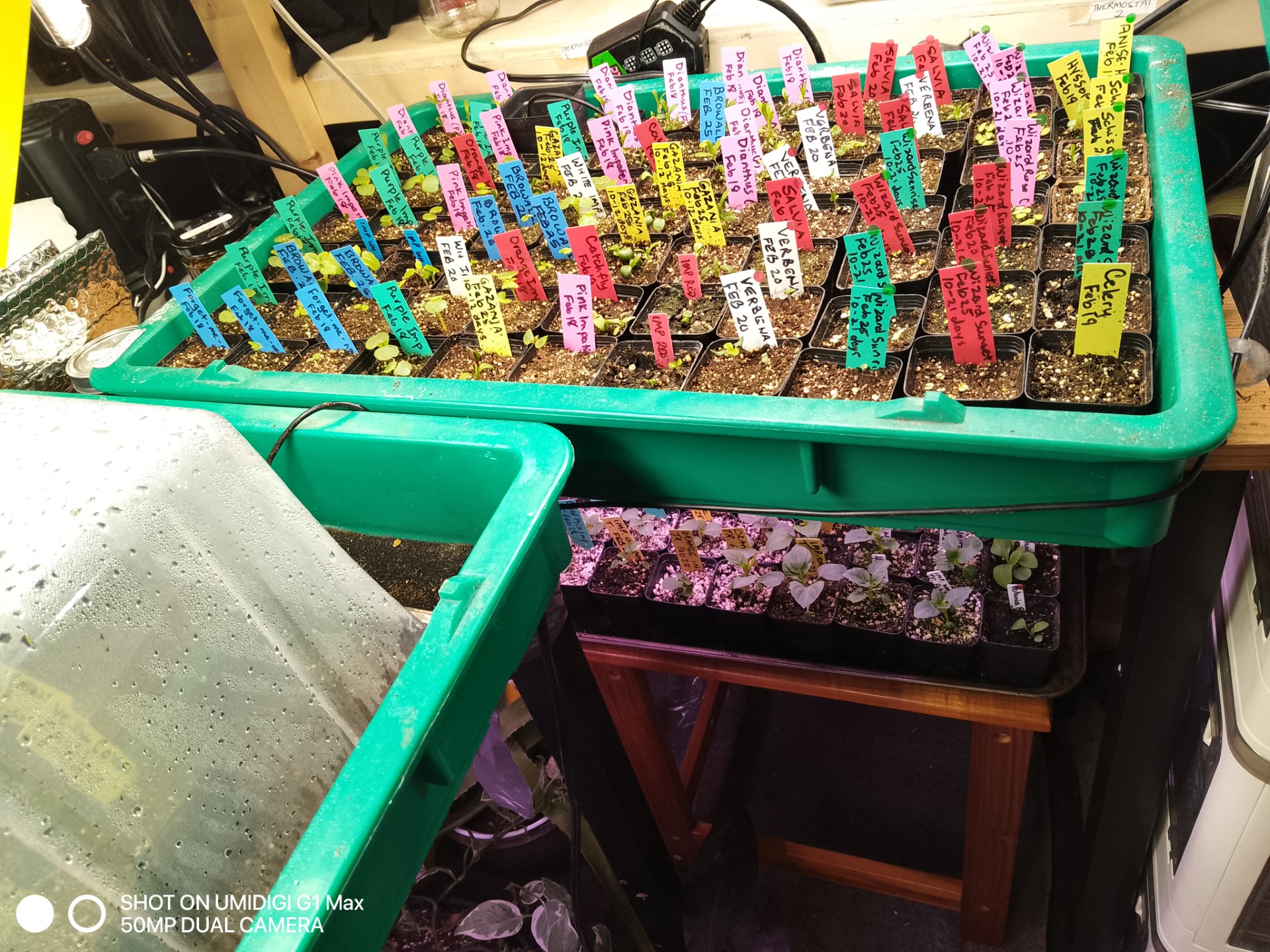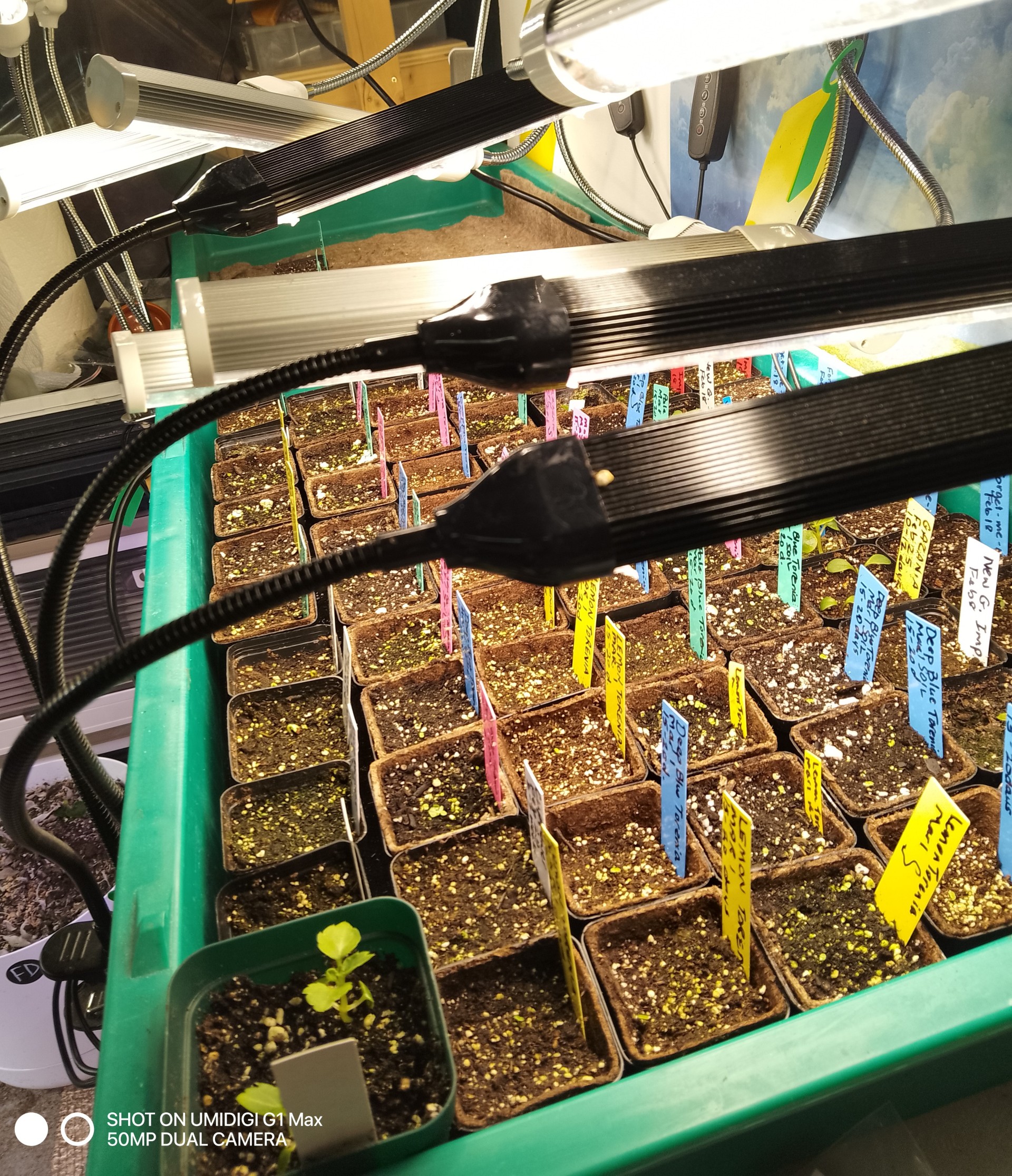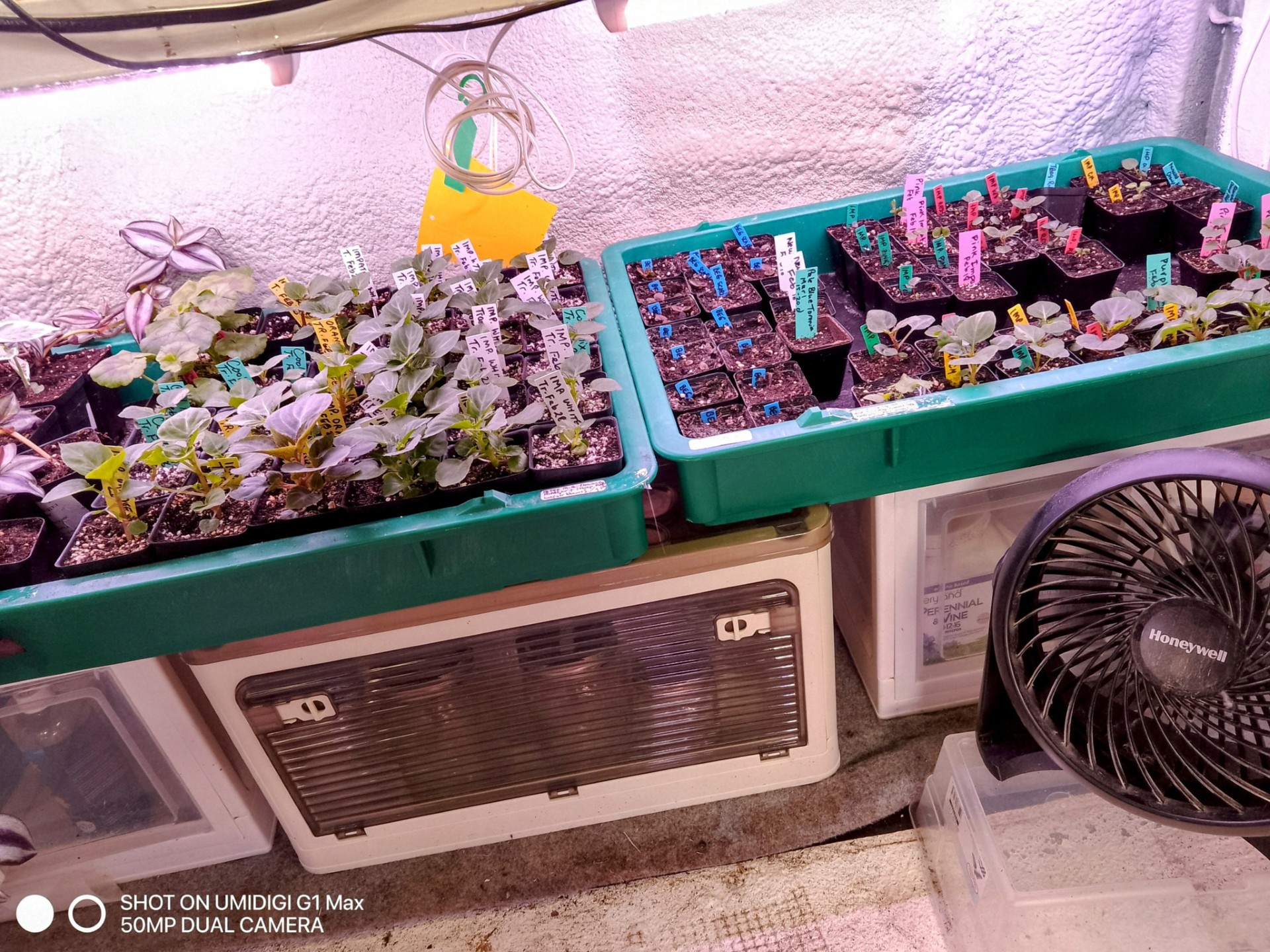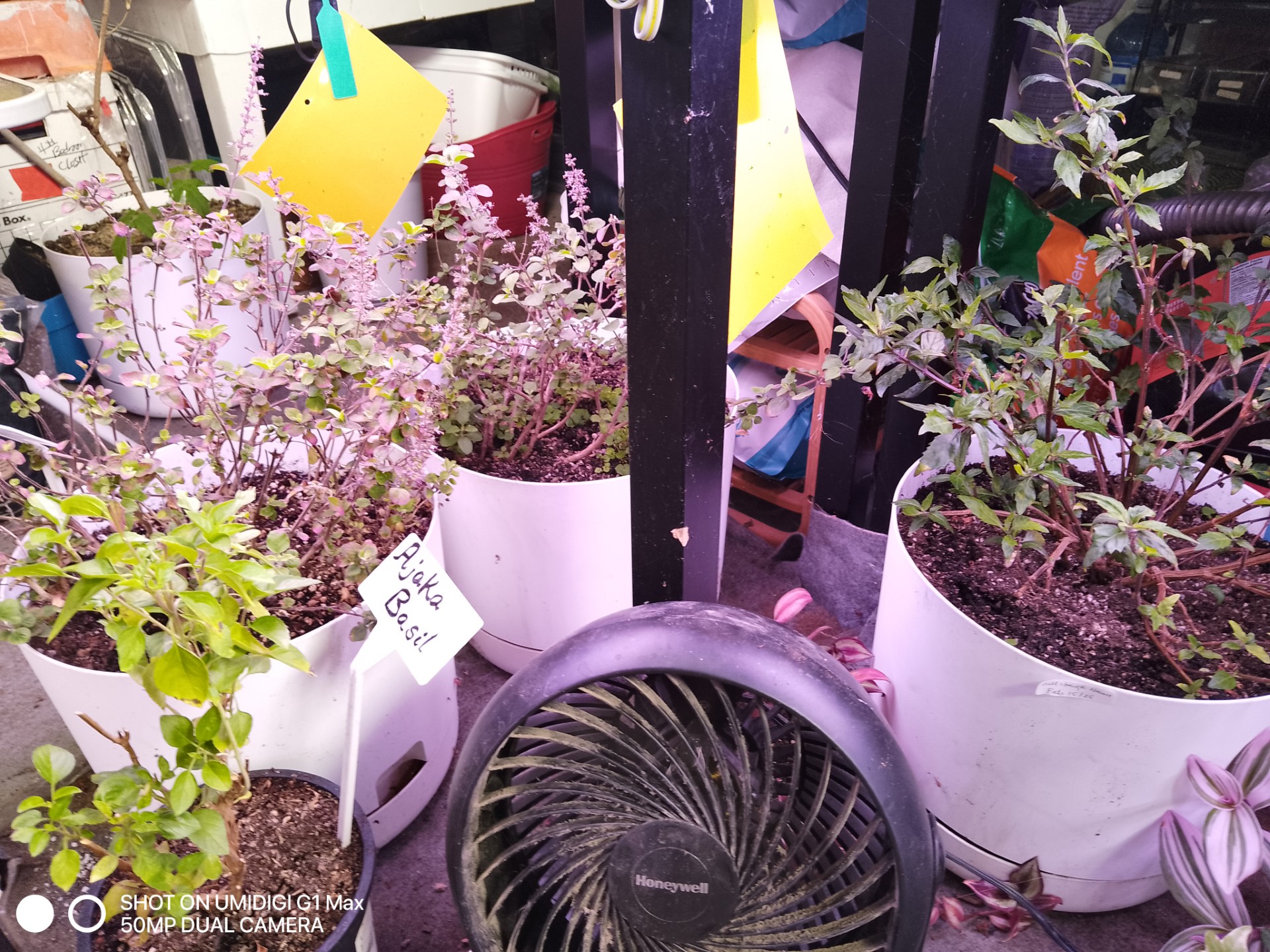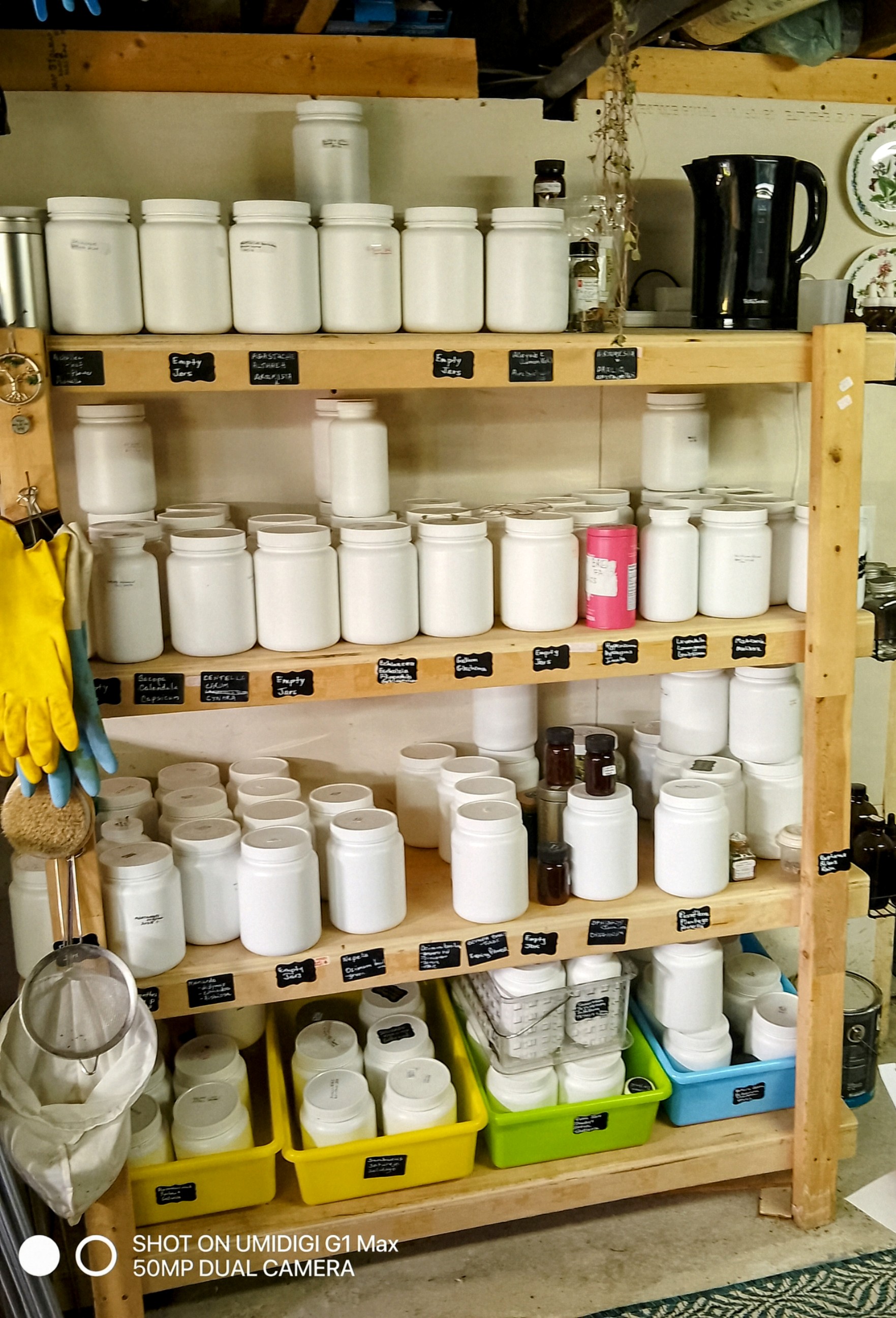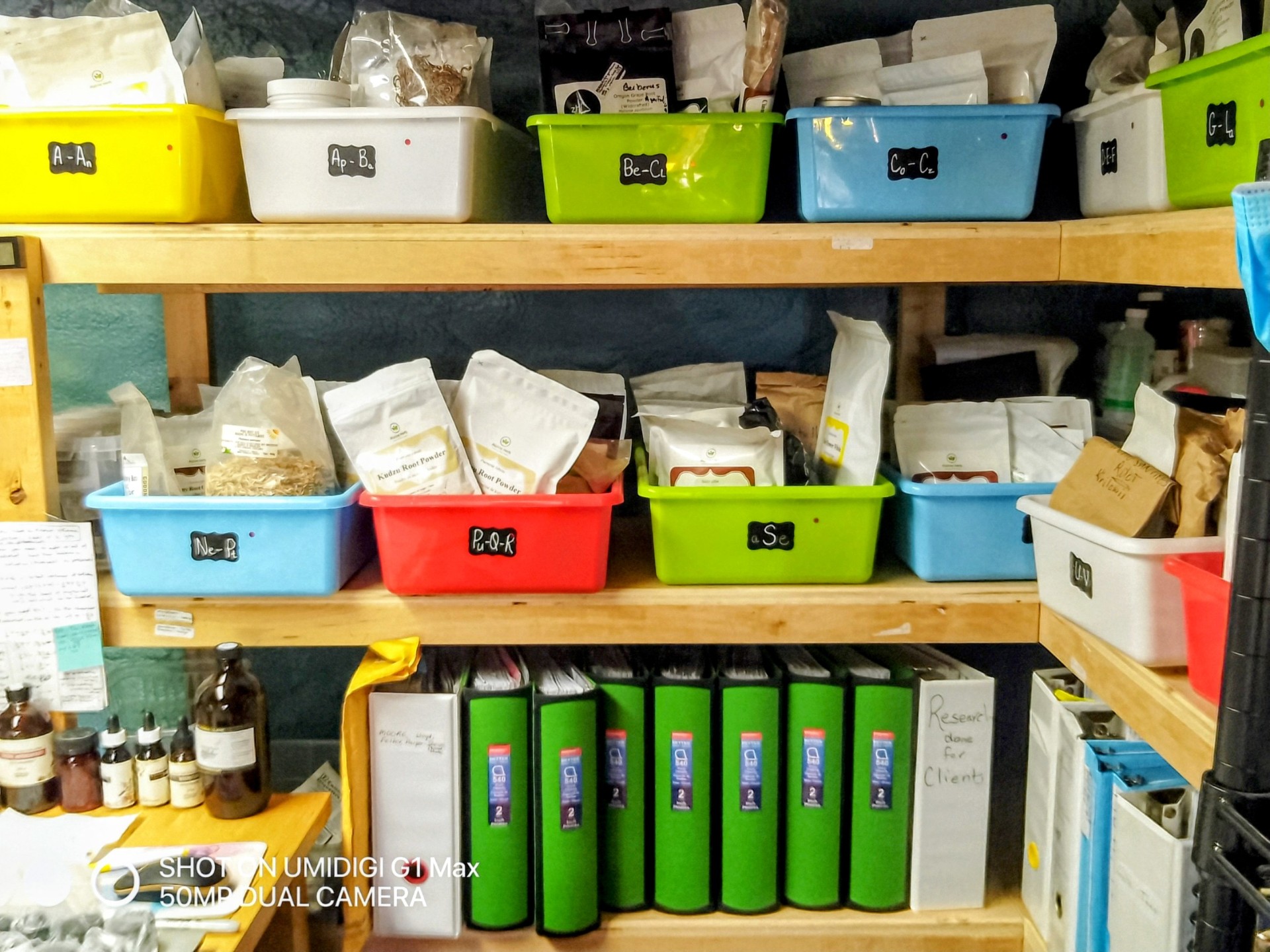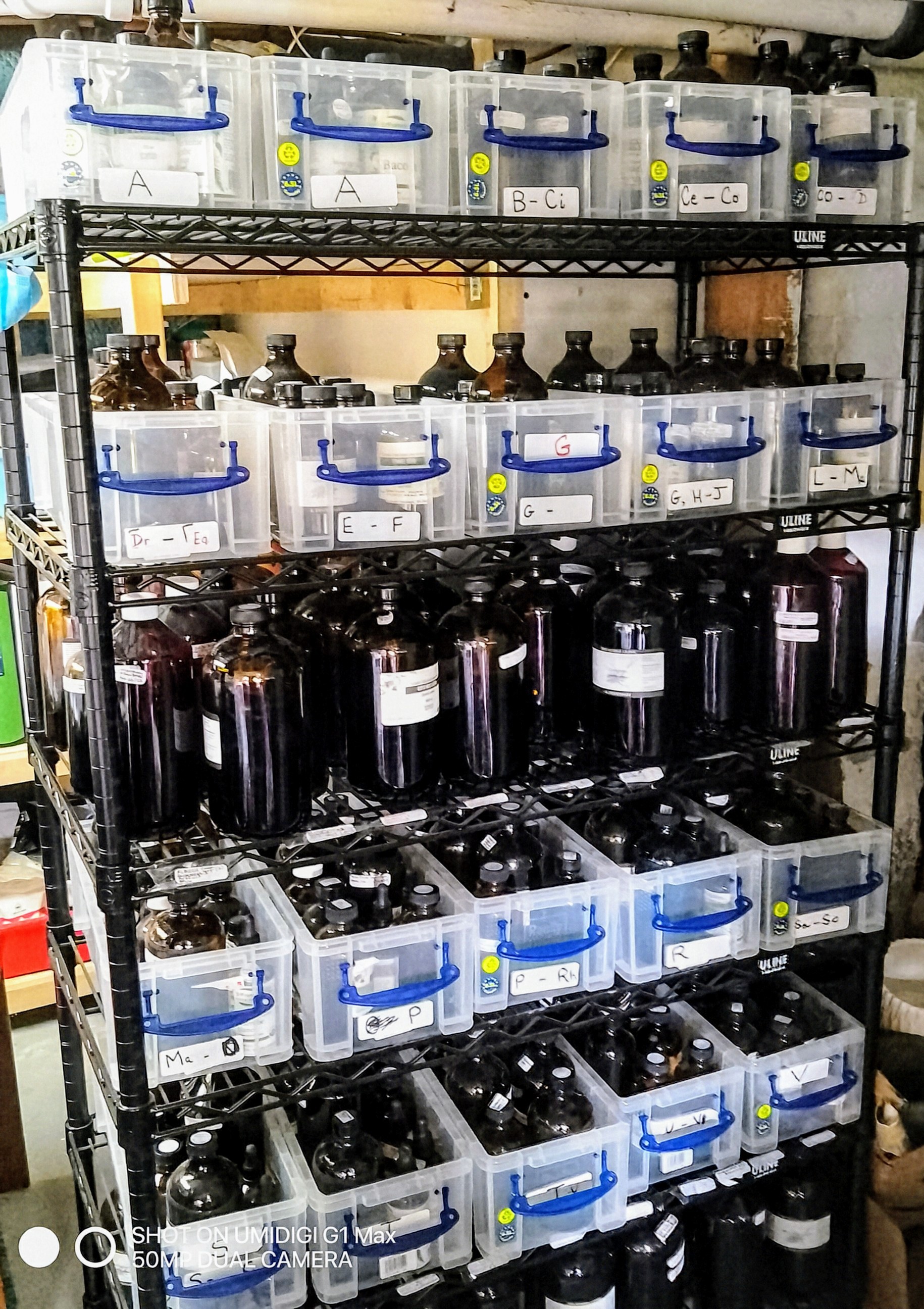AN HERBALIST'S EDUCATION: How an Herbalist Learns
1. We learn with the help of other herbalists, who might be qualified colleagues or elders, often from our own childhood.
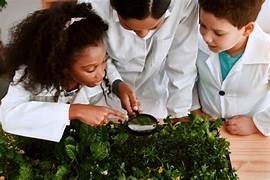
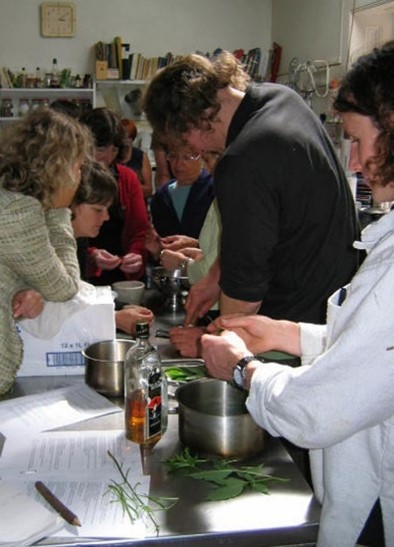
2.We learn from being an apprentice under the training of a recognized herbalist, either one-on-one, or in small groups. An apprentice might study with a qualified herbalist for a summer or a few years.
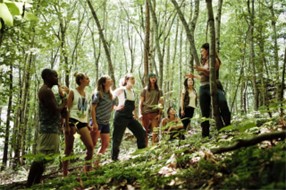
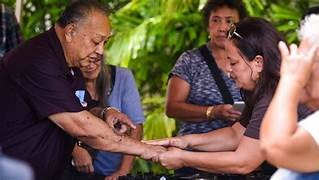
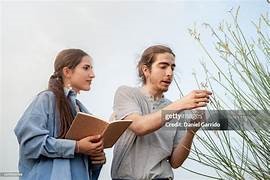
3. We learn from taking courses in herbalism. They might be given over as short a time as a weekend, or as long as five years.
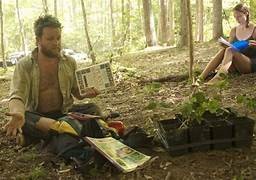
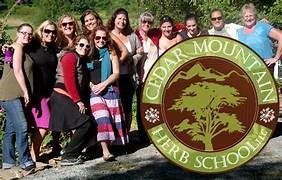

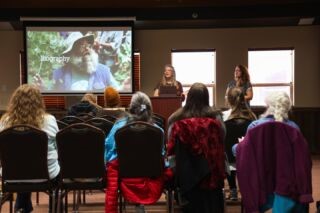
4. We learn from attending herbal conferences.
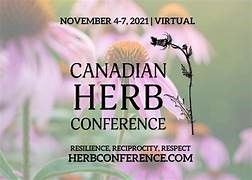
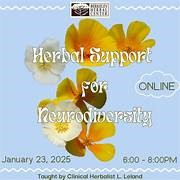
5. We learn from reading serious books and scientific journals on herbs.
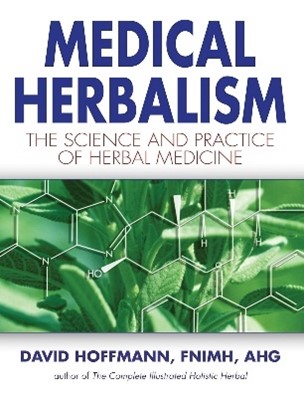
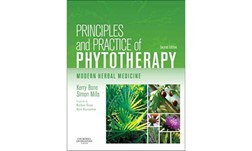
6. We learn from keeping up with scientific studies on herbs, which are now nearly always published online in exclusively academic parts of the internet. (three examples)
1: Neuroprotective Herbs for the Management of Alzheimer’s Disease Julie Gregory, Yasaswi V. Vengalasetti, Dale E. Bredesen, Rammohan V. Rao Biomolecules. 2021 Apr; 11(4): 543. Published online 2021 Apr 8.
doi: 10.3390/biom11040543
PMCID:
PMC80682562: Herbs as a Source for the Treatment of Polycystic Ovarian Syndrome: A Systematic Review Jada Naga Lakshmi, Ankem Narendra Babu, S. S. Mani Kiran, Lakshmi Prasanthi Nori, Nageeb Hassan, Akram Ashames, Richie R. Bhandare, Afzal B. Shaik BioTech (Basel) 2023 Mar; 12(1): 4. Published online 2023 Jan 3.
doi: 10.3390/biotech12010004
PMCID:
PMC98443433:Recent Advances in Glycyrrhiza glabra (Licorice)-Containing Herbs Alleviating Radiotherapy- and Chemotherapy-Induced Adverse Reactions in Cancer Treatment Kai-Lee Wang, Ying-Chun Yu, Hsin-Yuan Chen, Yi-Fen Chiang, Mohamed Ali, Tzong-Ming Shieh, Shih-Min Hsia Metabolites. 2022 Jun; 12(6): 535. Published online 2022 Jun 9.
doi: 10.3390/metabo12060535
PMCID:
PMC9227067
7. And we cannot forget, we learn because we want to learn.

Being an herbalist isn’t very lucrative for any herbalist. It is also hard work, especially if you do it on your own. Just keeping an herb garden takes many hours a week, as does harvesting, and preparing treatments, and meeting clients, and doing extra research on their behalf. Any herbalist you will ever meet does this hard work for little money out of a deep love for herbs and a genuine compassion for people. And they will always try to take more courses, go to more conferences, and buy more books. They never want to stop learning about how herbs can help people.
What sort of things do herbalists learn in their education? Among many other things,
1. We learn to identify herbs in the field.
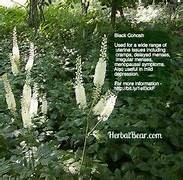
2. We learn to grow our own herbs, to have fresh herbs for our own clinical practices.
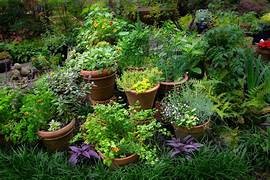
3. We learn the cell structures and purposes of those structures in both plants and human beings.

4. We learn the anatomy and systems of the human body.
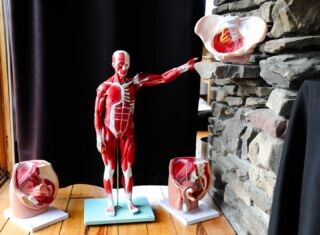
5. We learn how the major chemical reactions work in the human body.

6. We learn what systems of the human body are likely in trouble if certain symptoms are present
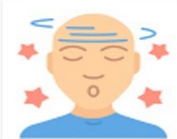

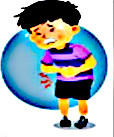
7. We learn the parts of plants, what kinds of chemicals are common in plants, where in the plant those chemicals are found and at what time of year those parts are best harvested in order to make useful human treatments.
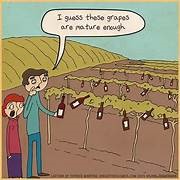
8. We learn how to hand-make many kinds of treatments using the herbs we harvest. These include capsules containing dry herbs, and infusions and decoctions (different kinds of teas). We also infuse herbs into honey or syrups or vinegars or oxymels. When something stronger is needed we need to make tinctures from maceration, percolation and other techniques, using alcohol or glycerol. From the method of tincturing we need to know how to work out the doses for every kind of person this treatment might be used on. We also learn all kinds of techniques for applying herbs to the outside of the body, using oils and salves.
9. We learn which plants are unsafe for all people. We also learn which are unsafe for our most vulnerable.
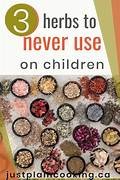
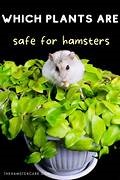
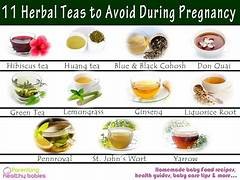
Additionally, we learn interactions and contras. This is necessary, because if a client comes to us for help with an ailment, the other ailments they have (including sensitivities and allergies), and the prescription medications they are on, will determine which herbs (if any) are safe to offer them. (The herbs are safe, but certain prescription medications can be made unsafe in the presence of certain herbs.) We also learn which symptoms of the human body must be referred to doctors or the emergency department.
10. We learn the plants that can help with human ailments.
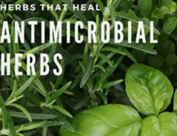

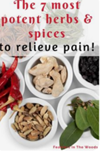
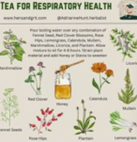
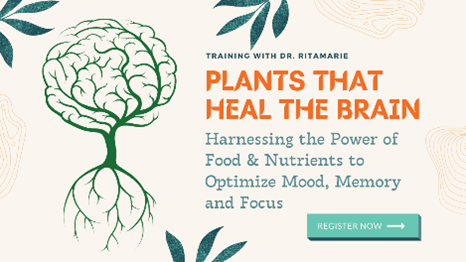

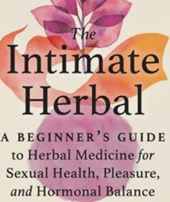

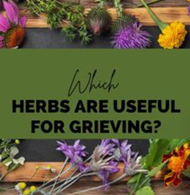
...and
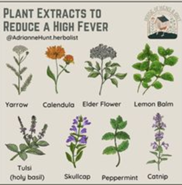
And on, and on. And so you might now see the point of this final cartoon:
